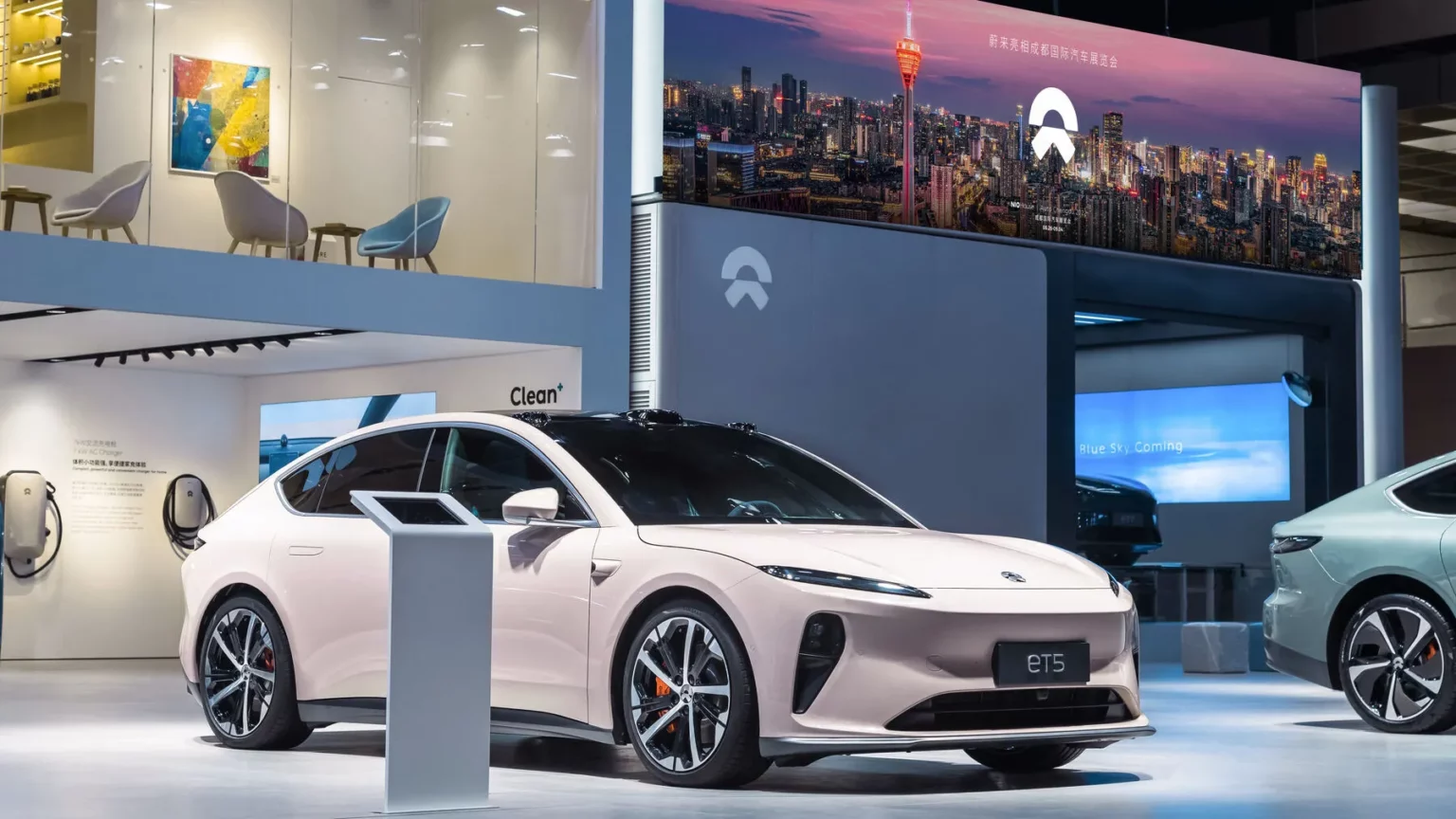Almost one in five cars sold worldwide this year will be an electric vehicle, the International Energy Agency has forecast, after-sales already passed the 10mn mark for the first time globally. The remarkable surge in demand for battery-powered models means electric vehicles will account for 18 percent of global car sales compared with just 4 percent of global car sales in 2020, according to the agency’s annual outlook.
This year sales are projected to rise to 14mn vehicles, including both battery-only models and hybrids that plug in to charge. China accounted for almost two-thirds of all-electric car sales in 2022, mainly because of a subsidy program. Europe and the US, which both also offer incentives, are the second and third-largest markets for cars. Decarbonizing car sales is one of the pillars of reducing greenhouse gas emissions. The EU aims to phase out almost all combustion engine-driven car sales by 2035, and the US wants half of the sales to be electric by the end of this decade.
Tightening rules have prompted every major carmaker to invest heavily in zero-emission vehicles, whether electric cars or hydrogen-powered models. Manufacturers such as Ford, Stellantis, General Motors, and Mercedes-Benz are among those that have set out multibillion-dollar plans to sell only zero-emission vehicles within the coming two decades. At the same time, new entrants such as Tesla and Chinese players including BYD are increasing competition in the electric segments, pushing prices lower, and potentially driving demand further.
China leads as electric car sales accelerate
| Region | 2022 | 2023 Est | 2030 Est |
| US | 8% | 12% | 50% |
| Europe | 21% | 25% | 55% |
| China | 29% | 35% | 60% |
This has led to an ever-widening range of electric models available in major markets, with 60 percent of the electric options in China being large cars or sports utility vehicles, the most popular segment among motorists globally. In total, more than 500 models of electric cars were on sale last year, more than double the number available just five years ago.
The IEA also raised its expectations for electric car sales globally, now projecting that 35 percent of global sales will be electric in 2030, compared to a forecast just 25 percent a year ago. It expects 60 percent of the sales in China, the US, and Europe will be fully electric by 2030.
The internal combustion engine has gone unrivaled for over a century, but electric vehicles are changing the status quo. By 2030, they will avoid the need for at least 5mn barrels a day of oil.”
IEA executive director Fatih Birol said.
The report also highlighted the dependence of the industry on Chinese technology. About 35 percent of exported electric vehicles came from China last year, while Europe is the country’s largest trading partner for electric cars and batteries. The sharp rise in sales has also spurred investment in battery factories. Demand for EV batteries rose last year by 65 percent to 550-gigawatt hours.
Despite concerns in the industry about battery manufacturing keeping pace with sales, the IEA projected the number of announced new projects meant the battery industry was on track to meet the expected needs of carmakers throughout this decade. Smaller markets also had high growth in electric vehicle sales from a low base. Battery car sales tripled in India and Indonesia and doubled in Thailand, where more than 3 percent of sales are now electric. More than half of the three-wheel models sold in India last year were electric.




